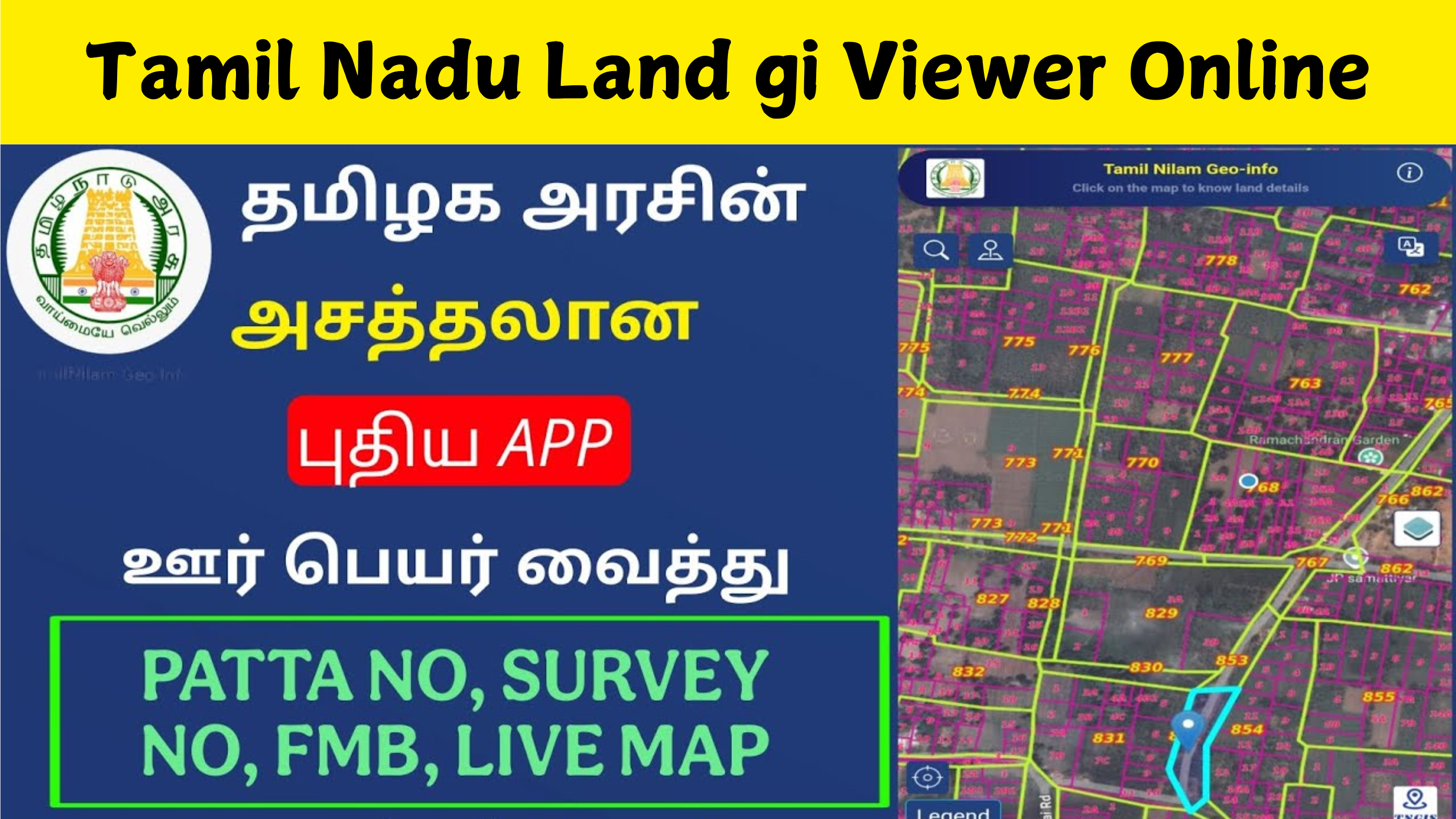What is the TNGIS TNEGA Village Dashboard?
The TNGIS TNEGA Village Dashboard is an innovative digital platform created under the Tamil Nadu e-Governance Agency (TNEGA) to provide transparent, real-time access to various village-level data. It stands for Tamil Nadu Geographic Information System (TNGIS), and its village dashboard helps decision-makers, citizens, and officials track rural development projects, infrastructure, and resource availability with ease.
The Purpose Behind the Dashboard
The primary aim of this dashboard is to bring accountability and data-driven governance to the grassroots level. It serves as a bridge between citizens and authorities, helping to monitor development indicators, public services, and welfare schemes across all villages in Tamil Nadu. By consolidating data from multiple departments, the dashboard ensures that rural progress is measurable and visible to all stakeholders.
How It Works
TNGIS uses geospatial mapping and integrates real-time data to showcase information for every village. When users access the dashboard, they can view metrics related to sanitation, water supply, road connectivity, housing, education, and health facilities. The interactive map interface allows people to click on any village and get detailed statistics instantly.
Real-Time Insights at Your Fingertips
Unlike traditional paperwork and manual reports, the TNGIS Dashboard offers a live overview of government programs and infrastructure status. This means that if a new road is built or a water tank is installed in a village, it reflects directly on the dashboard. Officials can use this to plan further developments while ensuring that previous projects are maintained effectively.
User-Friendly Interface for Everyone
The platform is designed to be intuitive. Whether it’s a local Panchayat member, a schoolteacher, or a villager, anyone can navigate the dashboard easily. The layout displays information in color-coded charts and simplified graphs, making it understandable even to those with minimal technical knowledge.
Integration With Tamil Nadu e-Governance Projects
This dashboard is a part of the larger digital governance strategy implemented by TNEGA. It integrates with several other services such as e-Sevai centers, TNeGA GIS platforms, and citizen welfare schemes. This interconnectedness ensures that rural data doesn’t exist in silos but is part of a holistic governance approach.
Role in Planning and Resource Allocation
One of the major advantages of the TNGIS Village Dashboard is that it assists in proper planning and budgeting. Authorities can compare villages, identify gaps, and allocate resources where they are most needed. This helps avoid duplication of projects and ensures fair distribution of government benefits.
Helping Communities Monitor Progress
The dashboard empowers citizens by making data public. Villagers can check whether promised infrastructure or schemes have reached their area. This improves transparency and reduces the chances of corruption or neglect. It also encourages civic participation, where locals can question, suggest, or contribute to village improvement plans.
Boosting Disaster Management and Emergency Planning
In addition to development tracking, the TNGIS Dashboard is useful during emergencies. For instance, during floods or pandemics, authorities can use village-level data to deploy rescue teams, medical aid, and food supplies more efficiently. Having a mapped and monitored village system can save time and lives during critical moments.
Environmental Monitoring and Land Use
Another feature of the TNGIS system is land and environmental data. Through satellite imagery and ground surveys, the dashboard reflects forest coverage, agricultural land, water bodies, and construction activity. This data can guide sustainable practices and protect ecologically sensitive areas.
Training and Capacity Building
To maximize the use of this dashboard, TNEGA conducts training for local officials and technical teams. Village-level officers are encouraged to input updated data and learn how to generate reports. As more people become digitally literate, the accuracy and usefulness of the dashboard only improve.
Success Stories from Villages
Many villages have already seen the benefits of using the dashboard. For example, a few districts have used data to prioritize toilet construction, fix road gaps, and install solar streetlights. These actions were taken promptly based on dashboard insights, leading to improved living conditions.
Future Expansion and Smart Village Goals
Tamil Nadu plans to expand the scope of the TNGIS Dashboard by integrating AI, real-time sensors, and IoT devices. The dream is to convert traditional villages into smart villages where technology guides every decision—from irrigation to electricity. The dashboard is the first step in that vision.
How to Access the Dashboard
You can visit the TNGIS Dashboard online through the official Tamil Nadu e-Governance website. Once on the platform, select your district and village to begin exploring the data. Some versions also allow mobile access, making it more accessible to users on the go.






